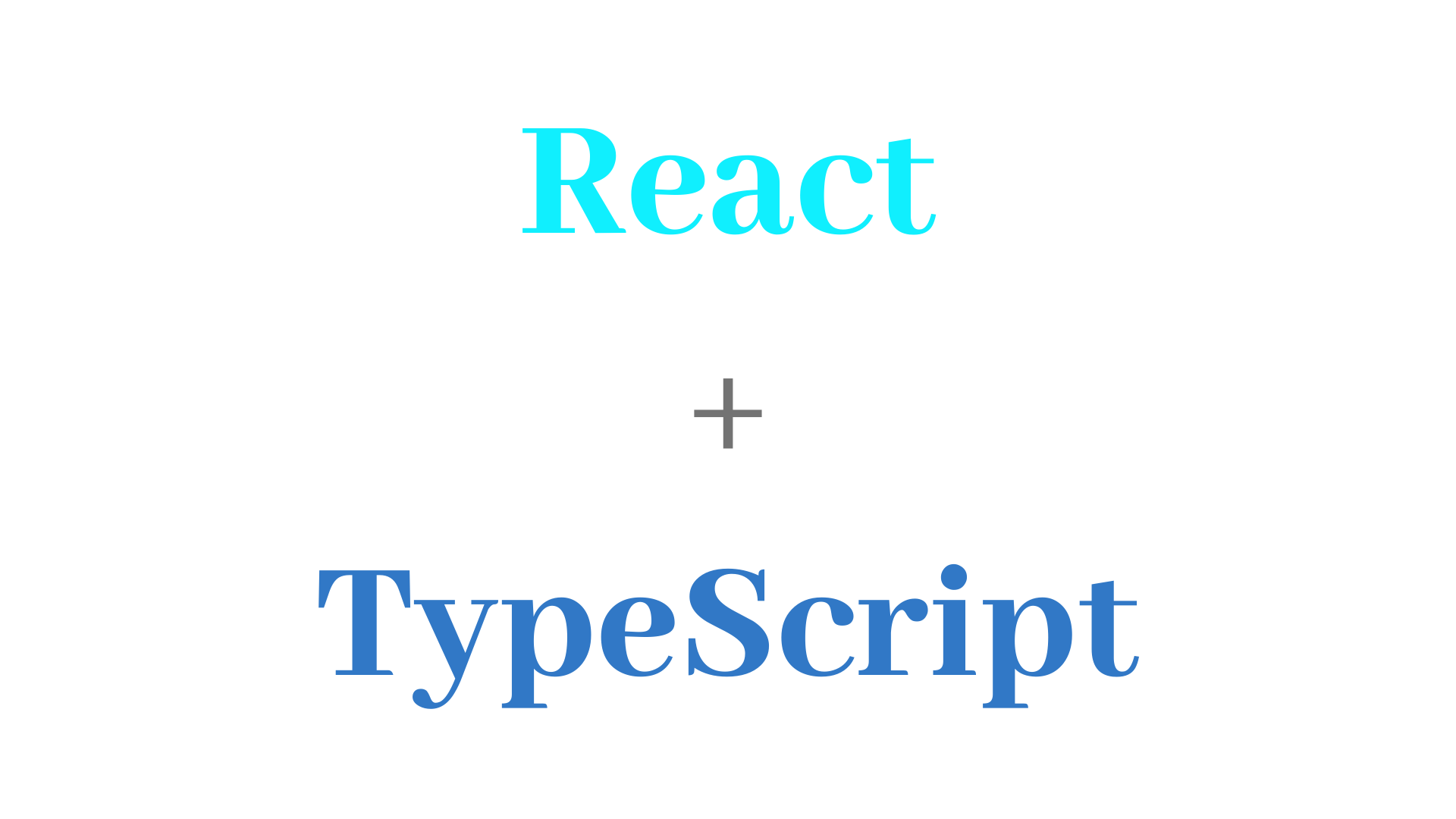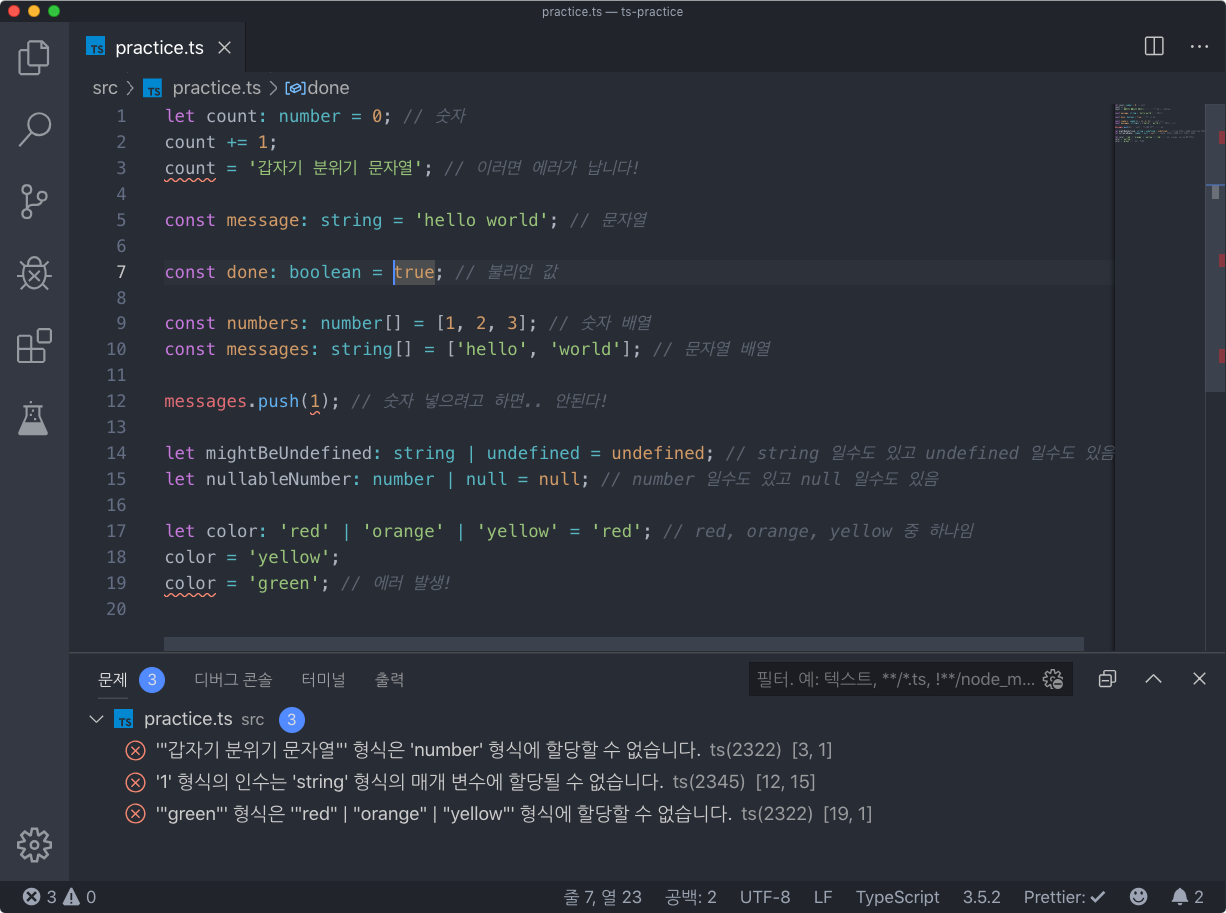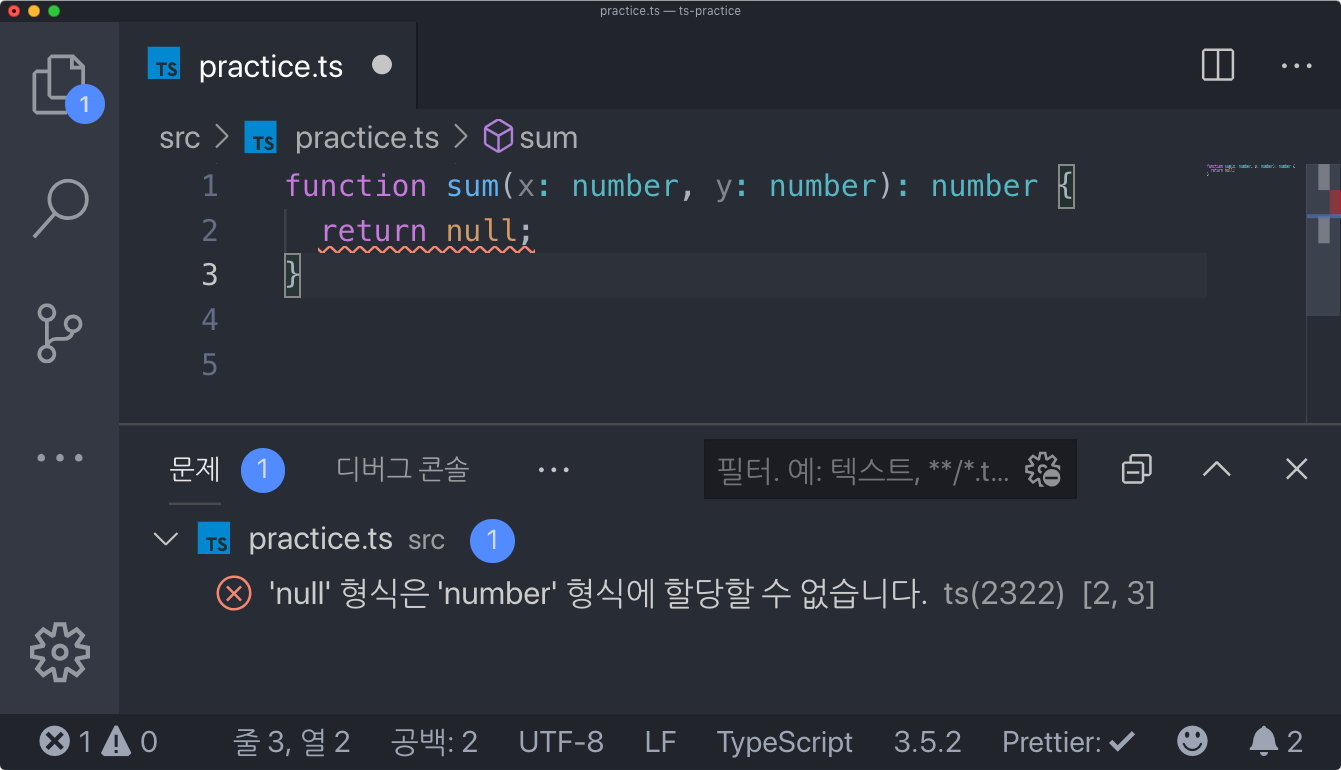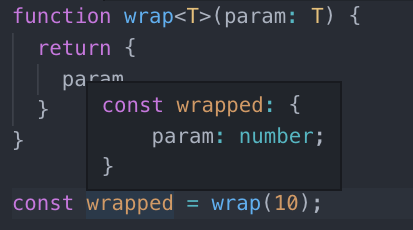
📌 새 JS 프로젝트 생성
# 터미널에서 입력할 명령어들
$ mkdir ts-practice # ts-practice 라는 디렉터리 생성
$ cd ts-practice # 해당 디렉터리로 이동
$ yarn init -y # 또는 npm init -y→ ts-practice 디렉터리에 package.json 파일 형성
📌 타입스크립트 설정파일 생성
-
위치 및 파일명
위치: 프로젝트 디렉터리 내부
파일명:tsconfig.json
-
파일의 역할
타입스크립트가 컴파일 될 때 필요한 옵션 지정
-
코드
{
"compilerOptions": {
"target": "es5",
"module": "commonjs",
"strict": true,
"esModuleInterop": true,
"outDir": "./dist" // 추가된 속성
}
}-
생성 방법
-
직접 입력
-
명령어 사용 (일반적)
-
typescript를 글로벌로 설치$ yarn global add typescript -
프로젝트 디렉터리 내부에서
tsc --init입력 →tsconfig.json파일 자동생성-
만약, 명령어 작동 x
npm install -g typescript하고 다시 명령어 실행
-
-
-
-
설정의 의미
-
(
tsc --init를 통해) 기본적으로 설정된 것들의 의미 -
target컴파일된 코드가 어떤 환경에서 실행될 지 정의
- ex
target 설정 es5 es6 화살표 함수 사용 시 일반 function 키워드를 사용하는 함수로 변환 유지
- ex
-
module컴파일된 코드가 어떤 모듈 시스템을 사용할지 정의
- ex
module 설정 common es2015 export default Sample 을 하게 됐을 때, 컴파일된 코드에서 exports.default = helloWorld 로 변환 유지
- ex
-
strict모든 타입 체킹 옵션을 활성화
-
esModuleInteropcommonjs 모듈 형태로 이루어진 파일을 es2015 모듈 형태로 불러올 수 있게 함.
-
outDir(속성 추가)컴파일된 파일들이 저장되는 경로를 지정
-
📌 타입스크립트 파일 생성
*.ts란?타입스크립트가 사용하는 확장자
- 코드 작성 (
src/practice.ts)
const message: string = 'hello world';
console.log(message);-
tsc입력터미널에서 (해당 프로젝트의 디렉터리에 위치)
-
파일 생성됨 (
dist/practice.js)→
ts파일에서 명시한 값의 타입은 컴파일이 되는 과정에서 모두 사라짐.
"use strict";
var message = 'hello world';
console.log(message);📌 기본 타입
🔹 연습 코드
// src/practice.ts
let count = 0; // 숫자
count += 1;
count = '갑자기 분위기 문자열'; // 이러면 에러가 납니다!
const message: string = 'hello world'; // 문자열
const done: boolean = true; // 불리언 값
const numbers: number[] = [1, 2, 3]; // 숫자 배열
const messages: string[] = ['hello', 'world']; // 문자열 배열
messages.push(1); // 숫자 넣으려고 하면.. 안된다!
let mightBeUndefined: string | undefined = undefined; // string 일수도 있고 undefined 일수도 있음
let nullableNumber: number | null = null; // number 일수도 있고 null 일수도 있음
let color: 'red' | 'orange' | 'yellow' = 'red'; // red, orange, yellow 중 하나임
color = 'yellow';
color = 'green'; // 에러 발생!🔹 결과

-
TS 사용 시
→ 특정 변수 or 상수 타입 지정 가능
→ 지정한 타입이 아닌 값 설정 시, 에러 발생
-
에러 발생 시
→ 컴파일 불가
→ 컴파일 시도(
tsc입력) 하면 실패
📌 함수에서 타입 정의
🔹 연습 코드 1
// src/practice.ts
function sum(x: number, y: number): number {
return x + y;
}
sum(1, 2);-
TS 사용 특징
-
코드 작성 과정 중, 함수의 파라미터로 어떤 타입을 넣어야 하는지 파악 가능

-
함수 결과물의 타입
: number(첫 줄 가장 우측)-
에러 예시
결과물이 number 라고 명시 후, null 반환 → 오류

-
-
🔹 연습 코드 2
// src/practice.ts
// 숫자 배열의 총합
function sumArray(numbers: number[]): number {
return numbers.reduce((acc, current) => acc + current, 0);
}
const total = sumArray([1, 2, 3, 4, 5]);-
TS 사용 특징
-
배열의 내장 함수 사용 시 → 타입 유추가 잘 이루어짐

-
함수에서 아무것도 반환하지 않아야 한다면
→ 반환 타입:
void로 설정
-
function returnNothing(): void {
console.log('I am just saying hello world');
}📌 interface 사용
interface란?
클래스 또는 객체를 위한 타입을 지정 할 때 사용되는 문법
🔹 클래스에서 interface 를 implements 하기
◾ 기본
// src/practice.ts
// interface 선언 (Shape)
interface Shape {
getArea(): number; // Shape interface에는 getArea 함수 필수(반환값은 number)
}
class Circle implements Shape {
// 'implements' 사용 -> 해당 클래스가 Shape interface의 조건을 충족하겠다는 것을 명시
radius: number; // 멤버 변수 radius 값을 설정
constructor(radius: number) {
this.radius = radius;
}
// 너비를 가져오는 함수
getArea() {
return this.radius * this.radius * Math.PI;
}
}
class Rectangle implements Shape {
width: number;
height: number;
constructor(width: number, height: number) {
this.width = width;
this.height = height;
}
getArea() {
return this.width * this.height;
}
}
const Shapes: Shape[] = [new Circle(5), new Rectangle(10, 5)];
Shapes.forEach((shape) => {
console.log(shape.getArea());
});-
tsc입력 -
컴파일된 스크립트 실행 (
node dist/practice입력)
◾ 리팩토링
- 기존 코드
멤버 변수 선언 후, constructor에서 해당 값들 하나하나 설정
width: number;
height: number;
constructor(width: number, height: number) {
this.width = width;
this.height = height;
}- 리팩토링 코드
-
직접 하나하나 설정하는 작업 생략 가능
constructor의 파라미터 쪽에public또는privateaccessor 사용
-
코드
// interface 선언 (Shape)
interface Shape {
getArea(): number; // Shape interface에는 getArea 함수 필수(반환값은 number)
}
class Circle implements Shape {
// 'implements' 사용 -> 해당 클래스가 Shape interface의 조건을 충족하겠다는 것을 명시
constructor(public radius: number) {
this.radius = radius;
}
// 너비를 가져오는 함수
getArea() {
return this.radius * this.radius * Math.PI;
}
}
class Rectangle implements Shape {
constructor(private width: number, private height: number) {
this.width = width;
this.height = height;
}
getArea() {
return this.width * this.height;
}
}
const circle = new Circle(5);
const rectangle = new Rectangle(10, 5);
console.log(circle.radius); // 클래스 외부에서 조회 가능
// console.log(rectangle.width); // 클래스 외부에서 조회 불가
const Shapes: Shape[] = [new Circle(5), new Rectangle(10, 5)];
Shapes.forEach((shape) => {
console.log(shape.getArea());
});-
설명
조회 가능 public 으로 선언된 값 클래스 외부 private 으로 선언된 값 클래스 내부에서만 -
실행
- 코드 컴파일 (
tsc입력) - 실행 (
node dist/practice입력)
- 코드 컴파일 (
C:\Users\admin\Documents\tmp_codingStudy\ts-practice>node
dist/practice
5
78.53981633974483
50🔹 일반 객체를 interface 로 타입 설정하기
◾ 기본
// src/practice.ts
interface Person {
name: string;
age?: number; // ?은 설정에 대한 옵션을 의미함. (해도 되고 안해도 되고)
}
interface Developer {
name: string;
age?: number;
skills: string[];
}
const person: Person = {
name: "김사람",
age: 20,
};
const expert: Developer = {
name: "김개발",
skills: ["javascript", "react"],
};◾ 리팩토링
-
extends상속 받기
-
유사한 형태일 때
interface 선언 시, 다른 interface 를
extends키워드를 사용해서 상속 받기 가능
-
-
코드
interface Person {
name: string;
age?: number; // ?은 설정에 대한 옵션을 의미함. (해도 되고 안해도 되고)
}
interface Developer extends Person {
skills: string[];
}
const person: Person = {
name: "김사람",
age: 20,
};
const expert: Developer = {
name: "김개발",
skills: ["javascript", "react"],
};
const people: Person[] = [person, expert];📌 Type Alias 사용
type이란?
특정 타입에 별칭을 붙이는 용도로 사용
-
type기능- 객체를 위한 타입을 설정 가능
- 배열, 또는 그 어떤 타입이던 별칭 제작 가능
-
예시 코드
type Person = {
name: string;
age?: number; // ?은 설정에 대한 옵션을 의미함. (해도 되고 안해도 되고)
};
// &은 Intersection 으로서 두 개 이상의 타입들을 합침.
type Developer = Person & {
skills: string[];
};
const person: Person = {
name: "김사람",
};
const expert: Developer = {
name: "김개발",
skills: ["javascript", "react"],
};
type People = Person[]; // Person[]은 앞으로 People이라는 타입으로 사용 가능
const people: People = [person, expert];
type Color = "red" | "orange" | "yellow";
const color: Color = "red";
const colors: Color[] = ["red", "orange"];📌 interface vs type
| interface | type | |
|---|---|---|
| 사용하는 것이 좋은 경우 | 클래스 관련 타입 | 일반 객체 타입 |
-
객체를 위한 타입 정의 시 → 무엇이든 써도 상관 x,
일관성 있게 사용
📌 Generics
제너릭(Generics)이란?
타입스크립트에서 함수, 클래스, interface, type alias 를 사용하게 될 때 여러 종류의 타입에 대하여 호환을 맞춰야 하는 상황에서 사용하는 문법
🔹 함수에서 사용
◾ 예시 상황 1
-
가정
객체 A 와 객체 B 를 합쳐주는
merge라는 함수 제작
-
A, B 가 어떤 타입이 올 지 모름
-
기존 코드
any타입을 쓸 수도 있음- 한계
- 타입 유추가 모두 깨짐
→ 결과가any라는 것 ==merge안에 무엇이 있는지 알 수 없음
→ 이런 상황에Generics사용
- 타입 유추가 모두 깨짐
function merge(a: any, b: any): any {
return {
...a,
...b,
};
}
const merged = merge({ foo: 1 }, { bar: 1 });- 리팩토링 코드
function merge<A, B>(a: A, b: B): A & B {
return {
...a,
...b,
};
}
const merged = merge({ foo: 1 }, { bar: 1 });◾ 예시 상황 2
function wrap<T>(param: T) {
return {
param
}
}
const wrapped = wrap(10);
◾ 효과
- 파라미터로 다양한 타입을 넣기 가능
- 타입 지원 지킬 수 있음
🔹 interface 에서 사용
interface Items<T> {
list: T[];
}
const items: Items<string> = {
list: ["a", "b", "c"],
};🔹 type 에서 사용
interface 에서 Generics를 사용한것과 매우 유사
type Items<T> = {
list: T[];
};
const items: Items<string> = {
list: ['a', 'b', 'c']
};🔹 클래스에서 사용
-
예시 코드
-
Queue(데이터를 등록 할 수 있는 자료형)라는 클래스 제작
먼저 등록(enqueue)한 항목을 먼저 뽑아올 수(dequeue) 있는 성질을 가짐
-
class Queue<T> {
list: T[] = [];
get length() {
return this.list.length;
}
enqueue(item: T) {
this.list.push(item);
}
dequeue() {
return this.list.shift();
}
}
const queue = new Queue<number>();
queue.enqueue(0);
queue.enqueue(1);
queue.enqueue(2);
queue.enqueue(3);
queue.enqueue(4);
console.log(queue.dequeue());
console.log(queue.dequeue());
console.log(queue.dequeue());
console.log(queue.dequeue());
console.log(queue.dequeue()); # 코드 컴파일 & 실행
$ tsc
$ node dist/practice
0
1
2
3
4참고
